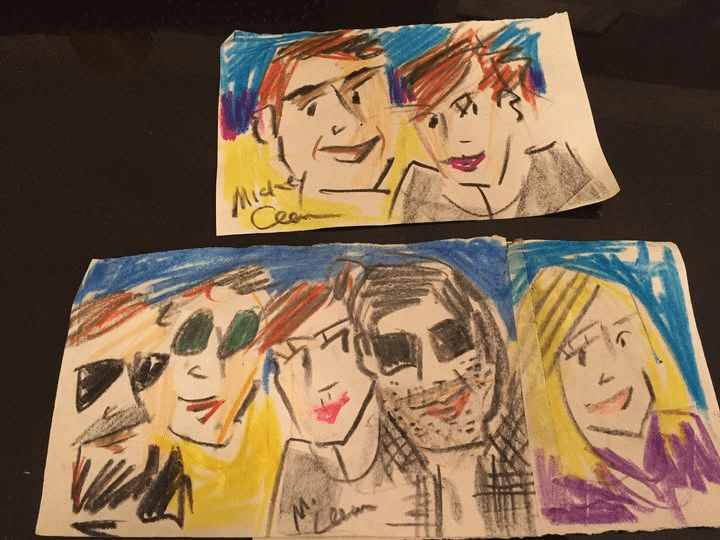
Published: 07/8/2025
Eric Welch
Account Director, Dynata
A few years ago, before a long-anticipated cruise, my wife Andrea and a group of our friends decided to kick off our vacation with a few rounds of drinks in the “Ft. Liquordale” part of town. We eventually ended up at the Elbo Room, known for its cameo in the 1960 film Where the Boys Are, and hadn’t changed much since—its character best described as a “sun-bleached dive with a view.”
The quality of the music that night didn’t exactly transport us—unless you count the trips back to every college garage band mistake you’ve ever heard—and our waitress emphatically declined Andrea’s mojito request with a laugh that could’ve earned its own Yelp review. Still, the beer was cold, the ocean glittered just steps away, and the mood was light.
And then he appeared.
A gaunt man with wisps of hair, worn clothes, and a Cuban cigar box full of broken Crayola’s shuffling between tables, dropping off portraits he’d sketched with remarkable speed and even more remarkable bravado. He slurred a request for donations—“support a starving artist”—and we obliged. I even commissioned an additional portrait of Andrea and myself, marking my debut as an art patron.
The drawing, done in under two minutes and with a clenched fist, was messy, wild, but compelling. Our group speculated in whispers about the backstory of our Sidewalk Salvador Dali’.
Back home, curiosity got the better of me. I Googled “Elbo Room Bar Crayon Artist,” expecting maybe a local news snippet. What I found instead was an epic backstory that still stops me in my tracks.
His name was Mickey Clean—born Michael Cleanthes. He’d studied at the School of the Museum of Fine Arts in Boston and once lectured at Harvard. A punk rock pioneer who performed at CBGB and was featured on the cult classic cable show TV Party. He lived with his wife, an Avon cosmetics heiress, until her untimely passing. Afterward, he stayed in the house she left behind, drawing portraits on the beach to cover property taxes and feed stray cats.
That man who stumbled through the bar with a cigar box full of crayons? He’d lived a life so full of revolution, heartbreak, rebellion, and raw creativity it could fill volumes.
At Dynata, we believe that behind every data point is a person, and behind every person is a story—often one we can’t see until we ask, listen, and look more closely.
Mickey Clean’s story is a powerful reminder of what can be uncovered when we dig beneath the surface. Research isn’t just about gathering information—it’s about understanding context, history, and nuance. But to get there—to uncover the real narrative—we need more than just questions. We need data we can trust. High-quality data is the lens that brings clarity to complexity. It gives voice to individuals who might otherwise be misunderstood or overlooked. Without it, we risk building assumptions on shaky ground.
Mickey’s crayon sketches were rough, but his life was rich. And just like great research, it took a closer look to see the truth behind the image.
Research, and data quality—together, doesn’t just reveal numbers. It reveals nuance. It reminds us that identity is layered, perspectives are shaped by a lifetime of lived experience, and everyone has a story worth hearing. Even if it’s scrawled in crayon.

